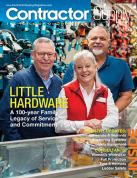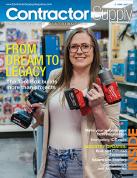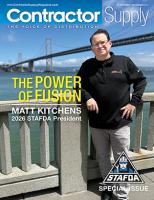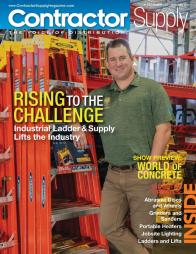Safe cutting: An easy way to protect your workforce
Simple best practices can help avoid costly injuries and worker downtime.
Safe cutting practices are pivotal in protecting your workers and your workplace. According to the National Safety Council, every 7 seconds a worker is injured on the job, equating to 104,000,000 production days lost due to work-related injuries. Among the most common injuries are cuts, lacerations, and punctures.
While safe cutting has always been a priority for safety managers, in our new normal in the midst of COVID-19, it means more than just protecting workers from lacerations. In order to protect your workers, safety knives now must be safe and sanitary.
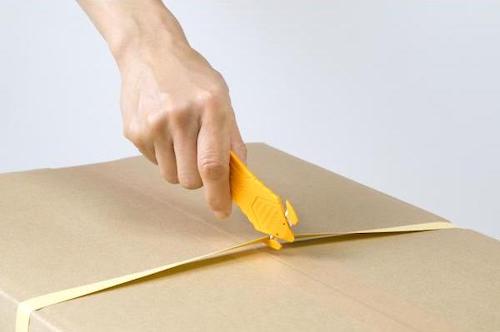 |
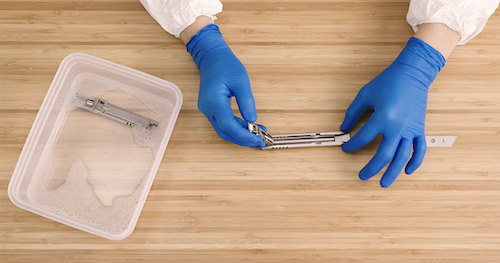 |
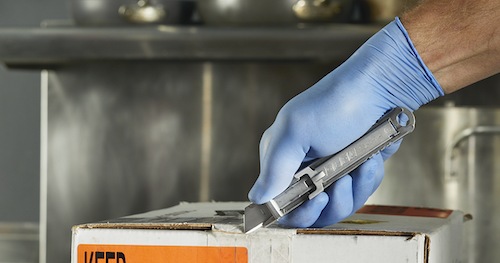 |
What to look for as you choose a safety knife
According to Cassie Donnelly, Senior Brand Manager at OLFA, a good rule of thumb when looking for safety knives is to look for the quality of the blade, how long it will last when doing tough jobs, and how easy it is to sanitize.
“One of the things we try to prioritize with our OLFA knives that we think professionals should look out for is what capabilities the knives offer and how they can expedite tasks on the jobsite,” Donnelly says. “Choosing the right knife for your jobsite and task can help with the accuracy of what you’re cutting and can allow materials to be cut quickly and accurately.”
Whether you’re cutting a box, dual-wall corrugated, shrink/stretch-wrap, plastic banding, and more, you should look for safety knifes that ease the process. Knives that require a greater amount of force and energy to control can increase a worker’s fatigue and decrease daily efficiency.
Knives should be versatile and durable, and as we’ve seen with OLFA’s sharp knives, should be applicable for any jobsite. OLFA knives are found across all trades including food, construction, warehouses, and more, giving a range of potential use cases for professionals.
In addition to having a safe design and durable blades, you should look for a knife that can be easily washed between uses to help with a clean work environment. An easy thing to look for as you’re choosing a knife would be an NSF Certification, ensuring that this product meets the strict standards put in place for public health protection.
The OLFA SK-14 Stainless Steel Self-Retracting Safety Knife, its metal detectable, NSF certified, with flush vents, and an open channel design that make it easy to sanitize.
Sanitizing the knife in between worker uses can halt the spread of potential sickness from worker to worker, and worker to consumer. Another way that you can navigate having clean tools on your jobsite is by choosing a knife that is designed to be disposable. After each shift, users can simply throw away the knife to prevent potential contamination.
As OLFA found with the SK-15 Disposable Concealed Blade Safety Knife, unique flow-through cutting channels can require 25% less pulling force per cut. That way, workers are exerting less energy as they cut and can be more efficient as they cut their materials. The SK-15 is also equipped with a stainless-steel blade, a fiberglass reinforced handle, and a large tethering loop to help avoid loss; these disposable tools can also be bought in bulk.
Paired with proper training, the right knife can and will minimize potential worker harm and inefficiencies.
With these design features in mind as you look for a knife, you can mitigate risk on your jobsite and take the next step to ensure a safe return for your employees. To research other ways you can keep your jobsite safe, or to look at tools that can help you accomplish your workplace safety goals, visit www.olfa.com.







